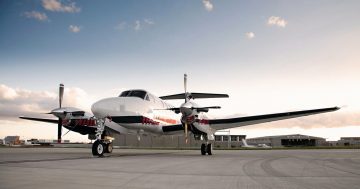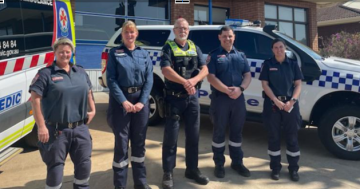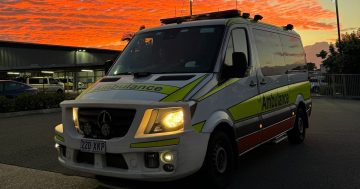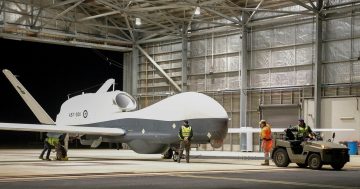 Ambulance Victoria is celebrating the 60 years milestone of its world-class pre-hospital care which reached the mark in the air this week.
Ambulance Victoria is celebrating the 60 years milestone of its world-class pre-hospital care which reached the mark in the air this week.
Manager of Air Operations at AV, Anthony de Wit said that when Air Ambulance Victoria (AAV) began in 1962, it consisted of just one rotary wing aircraft and one fixed-wing plane and transported just 12 patients in its first year.
“Sixty years on and the fleet of four fixed-wing planes and five helicopters (HEMS) provide a vital link between rural communities and metropolitan health services,” Mr de Witt said.
“Fixed-wing aircrafts – typically staffed by Advanced Life Support (ALS) flight paramedics – and HEMS – staffed by Mobile Intensive Care Ambulance (MICA) flight paramedics – reach across Victoria and into parts of southern New South Wales, northern Tasmania and South Australia,” he said.
“The service is made up of just over 37 ALS flight paramedics and almost 50 MICA flight paramedics supported by a dedicated team of flight co-ordinators, pilots, aircrew officers, doctors, engineers, trade assistants, retrieval services and administrators.”
Mr de Witt said that in 2020/2021, AAV responded to more than 7,000 incidents – up almost 1,000 on the previous year, with the fixed-wing fleet transporting more than 5,000 patients.
The Manager of Air Operations said that while it was difficult to confirm the number of lives saved since 1962, over the past decade AAV had assisted more than 50,000 people throughout Victoria and its bordering communities.
“Our fixed-wing arm is the backbone of AAV and it cares for so many patients per year, really helping to connect regional and rural Victoria with the health services that metropolitan Melbourne has to offer,” he said.
“Over the last year, the fixed-wing planes averaged approximately 250 missions each month and clocked up about 430 flying hours (per month), equating to eight to 10 flights per day.”
Mr de Witt said AAV’s fixed-wing planes also flew patients with acute medical conditions who required surgery, transferred injured patients from regional hospitals and retrieved critically ill patients from regional hospitals to specialist care, such as cardiac care and intensive care.











